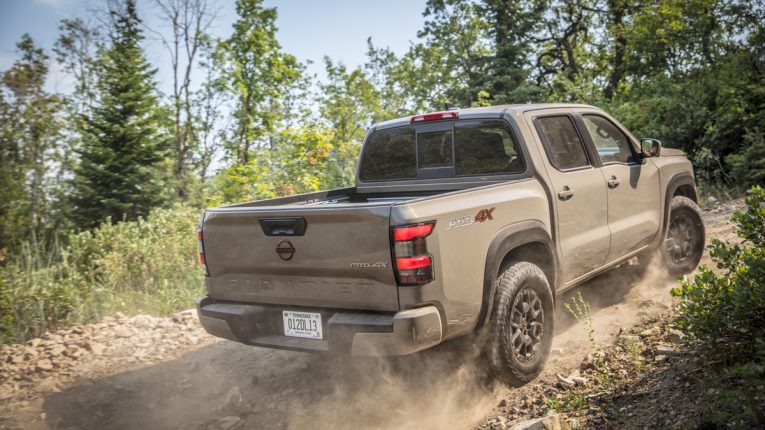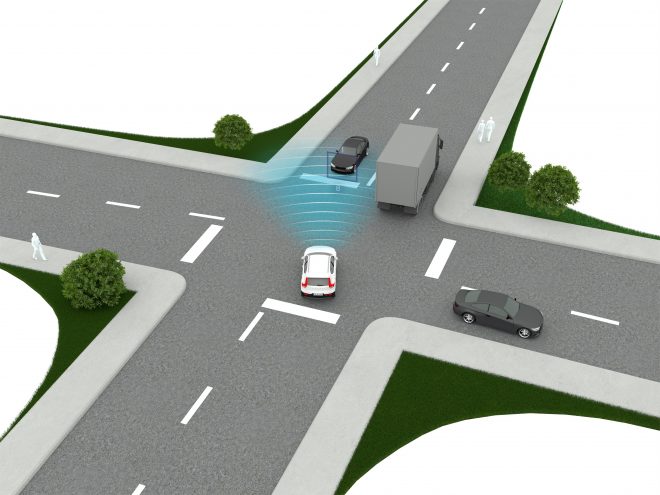
Maintenance Tips for Flatbed Trailers
Many people ignore the maintenance aspect of flatbed trailers—as long as the wheels can turn, you may assume that you are good to go. Of course, trailers are non-motorized and built to last long. But they still need love and care, and taking care of your trailer is as vital as your tractor or car repair and maintenance.
What you haul in your flatbed trailer is no one’s business. However, how you carry the load, directly and indirectly, affects the other road users. It presents a potential danger to the driver, passengers, pedestrians, and the rest of the motorists. Besides, you do not want a troublesome trip because of a faulty trailer.
Ideally, problems are unavoidable if you do not adhere to a regular service schedule for your trailer. And beyond a regular schedule, you need to take note of specific tips and tricks that will ensure that your trailer is ready for any trucking trip, you stay free from traffic troubles, and extend the lifespan of your trailer.
Let’s look at some maintenance tips that will come in handy!
Check The Air and Tire Conditions
If there is one maintenance trick you should adhere to, it is your tires’ pressure levels and condition. Many drivers often overlook this. Yet, tire condition and pressure monitoring should be among the most regular maintenance practices you should undertake. This is perfectly important for trailer owners, leasers, and sellers.
Check the position of the auxiliary battery switch, the pressure setting, and the shut-off valve position if your trailer has a modern inflation system. Consider checking all these aspects every time you visually inspect your hauling device. Inflate your tires whenever necessary.
Also, check the condition of your tires for any damage, stuck objects, or punctures. You can easily do this by positioning yourself at lug nut eye level before running a gloved hand over each tire. Finally, use a tread gauge to check the condition of the treads.
Check the Condition of the Wheels
You are undoubtedly in the know that wheels and tires are different. However, wheels and tires should go together in your checklist during trailer inspection and maintenance. Once you complete the assessment of tires, it is time to check the condition of your wheels.
Look out for rust spots, general wear, and any damage, as these will negatively impact the wheel’s performance. Checking the wheels can be as frequent as the trips or distances covered by the trailer. Still, you can check the wheel bearings once or twice a year and change them in case of any notable defects.
The only reason you may want a trailer attachment on your car or SUV is trucking. And as anyone licensed to drive trucks knows, securing your load ensures your safety and efficiency. Therefore, your regular trailer maintenance checklist should include inspecting chains, tie-down straps, winches, and ratchets.
Look out for any signs of holes, snags, cuts, tears, loose stitching, or any other sign of weakness on the hardware. Lubricate winches as frequently as you deem possible and avoid washing tie-downs since washing will potentially weaken the nylon.
Verify the Condition of the Brakes Often
The brakes are a crucial part of the carrier and require regular inspection and servicing. Depending on the degree of use, you can have detailed servicing quarterly or biannually. As for routine inspections, do them more regularly, after a few trips for shorter distances and after each journey for longer distances. Of course, this is irrespective of whether they are electric or manual.
Among the aspects worth taking care of include wear and tear, corrosion, functionality, fluidity, and any stuck parts. Lubricate any areas that may need lubrication and ensure that the brake fluid is at the right level and replaced at least once a year. Another interesting tip is to check the solenoid and brake actuator, as these are essential braking system components.
Indeed, we just highlighted that you should lubricate your brake system. However, a trailer has several moving parts, which makes the braking system not the only part of your trailer that needs lubrication.
When you decide to lube, use the correct type of lube, and ensure that you apply the right amounts to all the respective moving parts. Choosing the best lubricant can be a nightmare for novices. When selecting a grease, you should consider various features, including grade rating, performance rating, and the thickening system.
Since the market has an array of calcium-based and lithium-based greases, always know what you are using and stick to it. Mixing the two types of lubes will result in a drop in performance. Adding more grease is helpful as it helps to remove dirt and debris from the old lubricant.
Have a Look at The Suspensions
Many drivers will not check the suspensions. And that is one of the reasons you should consider working with those licensed to drive trucks who understand that a trailer’s suspension is vital to its performance. Notably, such drivers have knowledge and skills from reputable CDL schools.
Inspect suspensions for wear and tear as well as heat cracks. During your visual inspection, ensure that no part of the trailer or body touches the suspension or interferes with its free movement.
Do not forget to verify the pressure in the air springs. Each air suspension has a definite ride height position. So, ensure the height is neither interfered with nor damaged. A low ride height means that the trailer will run on the suspension bumpers, while a high ride height will interfere with the safe navigation of overpasses.
You will undoubtedly commit a traffic offense by operating a trailer with no or poor lighting system. And who wants to pull aside for a roadside inspection for a traffic offense you can avoid? Check the lamps, harness systems, and wires for any faults.
The most common reason for lighting system failure is disruption of the electrical system, often caused by corrosion or damage. Corrosion is worse and can quickly spread all over the vehicle. Thus, it is crucial to help prevent corrosion: repair any damaged or corroded areas and grease all the connection points.
Don’t Ignore the Body Condition.
The biggest mistake that trailer owners make during maintenance is focusing more on the technical aspects while ignoring the body. Like car repair and maintenance programs, the trailer body is pretty important.
Inspect the wooden and metallic parts that make up the trailer. Put an eye out for soft spots, rust, deteriorating material, and other weak points. You can make necessary repairs and adjustments to weak points that could downgrade the longevity and functionality of the carrier.
Dirt, dust, and salt have a detrimental effect on your trucking equipment. You can prevent metallic and wooden parts of your carrier by routinely giving it a good wash after exposure. When washing your trailer, pay attention to all details, including the interior, exterior, and underside.
Apart from increasing the longevity of your equipment, washing also helps you to identify problems quickly. Irrespective of how often you use your trailer, wash it at least once in 45 days. You can do this more frequently, depending on the level of exposure.
With the above maintenance tips for flatbed trailers, you can considerably increase your equipment’s longevity, performance, and lifespan. And while you don’t need a special permit to haul a trailer, ensure operators are licensed to drive trucks.









